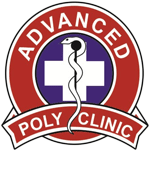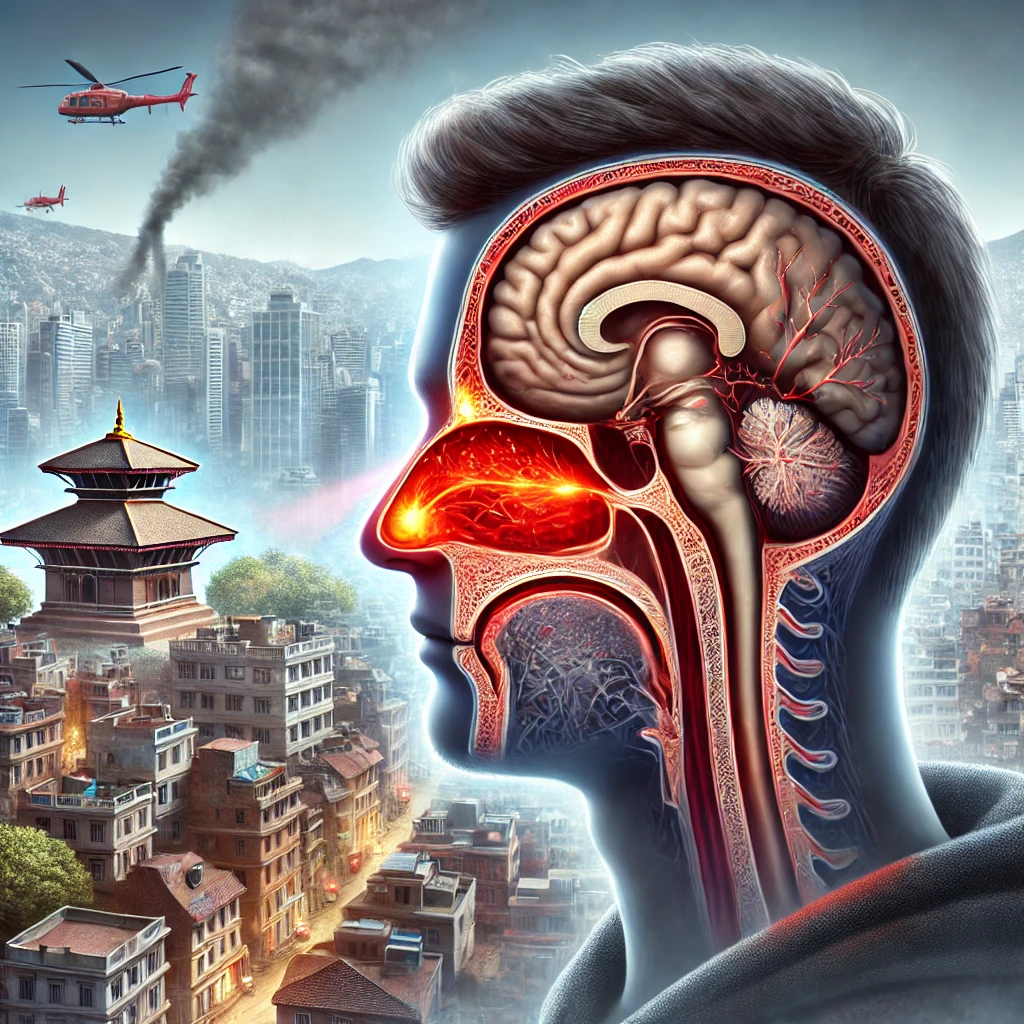Introduction
Sinusitis, also known as a sinus infection, is a common health issue in Nepal, especially during seasonal changes. The pollution levels in cities like Kathmandu, exposure to dust, and frequent respiratory infections contribute to the increasing cases of sinusitis. Understanding its causes, symptoms, and treatments can help manage and prevent the condition effectively.
What is Sinusitis?
Sinusitis occurs when the sinuses, the air-filled cavities in the skull, become inflamed due to infection, allergies, or environmental factors. The inflammation blocks normal mucus drainage, leading to congestion, pressure, and pain.
Causes of Sinusitis
- Viral Infections: Common colds and flu viruses can lead to sinus inflammation.
- Bacterial Infections: In some cases, bacterial infections develop if mucus gets trapped in the sinuses.
- Allergies: Pollen, dust, mold, and pet dander can trigger allergic reactions, leading to sinus congestion.
- Air Pollution & Dust: Poor air quality in Nepal’s urban areas contributes to frequent sinus issues.
- Nasal Polyps or Structural Issues: Growths or a deviated nasal septum can block normal sinus drainage.
- Frequent Use of Decongestant Sprays: Overuse of nasal sprays can cause a rebound effect, worsening congestion.
Symptoms of Sinusitis
- Facial pain or pressure (especially around the forehead, nose, and eyes)
- Nasal congestion and difficulty breathing through the nose
- Thick nasal discharge (yellow or green)
- Headache and tenderness in the face
- Cough, often worse at night
- Fever and fatigue (in severe cases)
- Decreased sense of smell and taste
Types of Sinusitis
- Acute Sinusitis – Lasts less than 4 weeks, usually due to viral infections.
- Chronic Sinusitis – Lasts more than 12 weeks, often caused by allergies, nasal polyps, or bacterial infections.
- Recurrent Sinusitis – Multiple sinus infections in a year.
Diagnosis
Doctors diagnose sinusitis based on symptoms, physical examination, and sometimes imaging tests like X-rays (PNS X-ray) or CT scans to check for chronic sinus issues.
Treatment & Management
Home Remedies & Lifestyle Changes
- Steam Inhalation: Helps open nasal passages and ease congestion.
- Hydration: Drinking plenty of water thins mucus for better drainage.
- Saline Nasal Irrigation: Using a saline spray or neti pot to clear nasal passages.
- Rest & Humidifiers: Taking enough rest and using a humidifier can prevent dryness in nasal passages.
Medical Treatment
- Pain Relievers: Paracetamol or ibuprofen for headache and facial pain.
- Nasal Sprays: Short-term use of decongestant sprays (avoid overuse to prevent rebound congestion).
- Antibiotics: Only if a bacterial infection is confirmed.
- Allergy Medications: Antihistamines and steroid nasal sprays for allergic sinusitis.
Prevention of Sinusitis
- Avoid Pollution & Smoke: Wearing masks in dusty or polluted areas can reduce exposure.
- Manage Allergies: Identifying and avoiding allergens helps prevent chronic sinus issues.
- Stay Hydrated & Maintain Hygiene: Drinking water and washing hands frequently reduces infection risks.
- Avoid Overuse of Nasal Sprays: Long-term use can cause dependency and worsen symptoms.
Conclusion
Sinusitis is a common but manageable condition in Nepal. By adopting a healthy lifestyle, avoiding pollution, and seeking timely medical care, individuals can reduce the risk and impact of sinus infections. If you experience persistent sinus symptoms, consult a doctor for proper diagnosis and treatment.
Stay healthy, breathe easy!
📞 01-4531078 or 01-4543386

